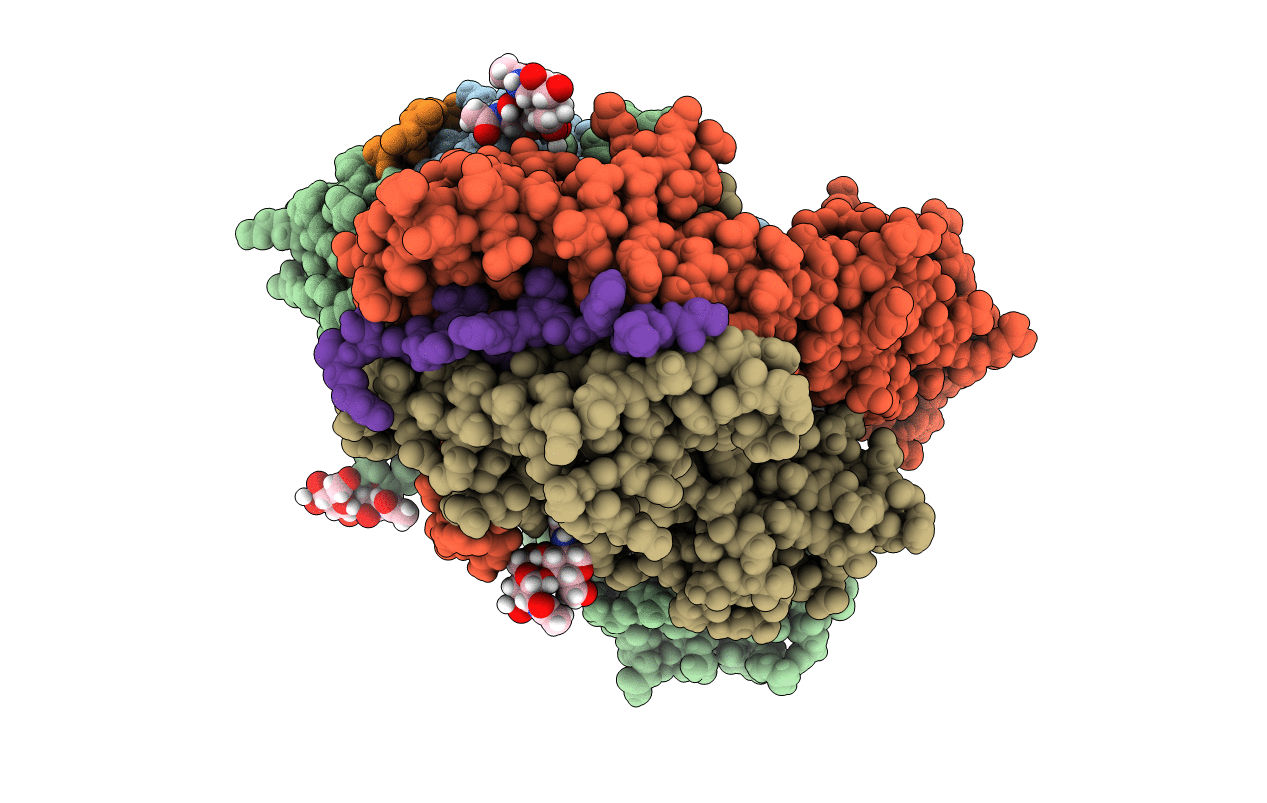
Deposition Date
2021-03-24
Release Date
2022-05-11
Last Version Date
2024-10-23
Entry Detail
PDB ID:
7NZH
Keywords:
Title:
Crystal structure of HLA-DR4 in complex with a citrullinated cilp peptide
Biological Source:
Source Organism:
Homo sapiens (Taxon ID: 9606)
Host Organism:
Method Details:
Experimental Method:
Resolution:
2.83 Å
R-Value Free:
0.28
R-Value Work:
0.24
Space Group:
C 2 2 21


